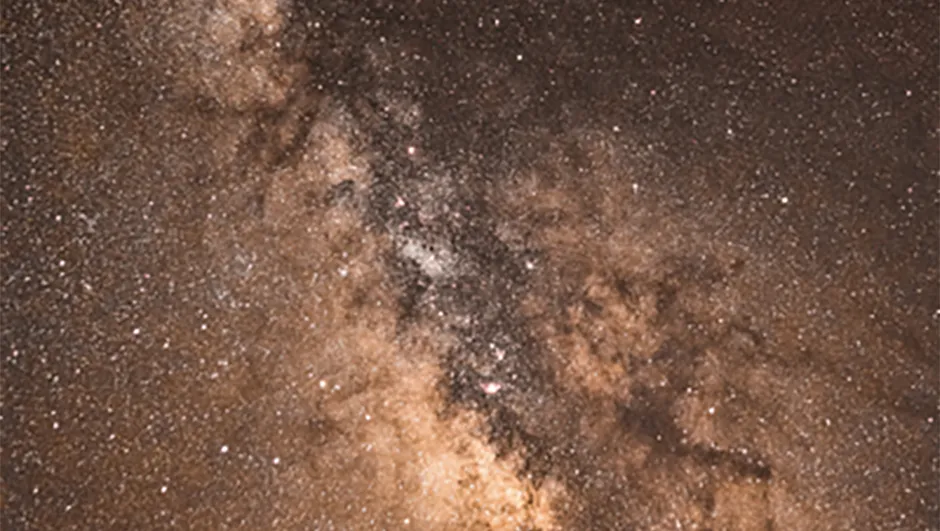The Astronomy Photographer Of The Year competition is back.
Organised by the Royal Observatory, Greenwich in association with BBC Sky at Night Magazine, the hunt is on to find 2014's best astro imager.
Entries now open
Entries are being accepted until 24 April 2014, with the winners to be announced at a ceremony at the Royal Observatory, Greenwich on 17 September.
Once you've registered online, you can submit up to five entries via the competition's Flickr page.
After the deadline a panel of judges consisting of Royal Observatory staff, expert astro imagers andmembers of the BBC Sky at Night Magazine team will make their decision on who the winners will be.
Entries are divided into several catagories.
The winners of the four main categories will win £500 each and the winners of the special prizes will receive £350, with an additional £1,500 prize for the overall winner.
Runner up and highly commended entries will also recieve a cash prize.
Earth And Space

This catagory is for images of earthly vistas with a cosmic background.
Last year Mark Gee won the catagory, and the over-all competition, for his stunning image of the Milky Way over the coast of New Zealand.
Our Solar System

Whether you captured one of this years many comets, the Sun's intense solar activity or a fantastic planetary shot, this category covers any object found within our Solar System.
Man-To Hui won this catagory last year with a ghostly image of the Sun's carona taken during the 2012 Australian total eclipse.
Deep Space

This catagory covers all deep sky objects from nebulae to galaxies.
Last year's winner Adam Block won with a beautiful shot of nebula SH2-239.
Young Astronomy Photographer Of The Year

A special category for those who are under 16 on the competition closing date.
The winner last year was Jacob Marchio for his image of the Milky Way.
SPECIAL PRIZE: People And Space

This special prize is for the best astro image that also features a human being.
Last year's winner was Mark Gee who photographed visitors on an observing deck from over 2km away as the moon rose behind them.
SPECIAL PRIZE: The Sir Parick Moore Prize for Best Newcomer

If you've just started in astrophotography, then this award could be yours.
Last year's winner Sam Cornwell captured the Transit of Venus as it appeared through the clouds.
SPECIAL PRIZE: Robotic Scope Image Of The Year

This section is dedicated to images taken with robotic scopes, such as the Faulkes Telescope Project and Global Rent-A-Scope.
Last year, Lászaló Francsics took the prize with his image of the Trapezium Cluster and it's surrounding nebulae taken with the Siding Spring Observatory that he then combined with his own astro image of the region.
